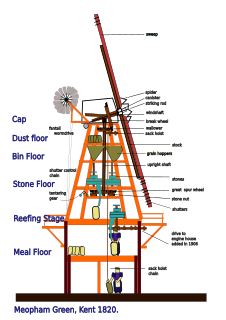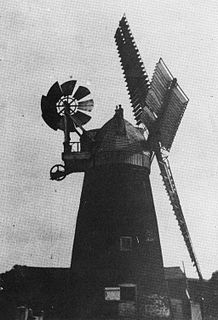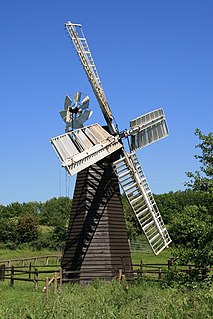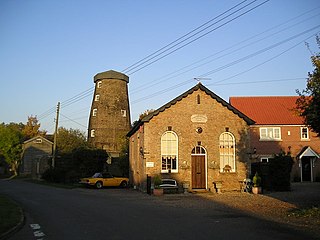| Westwood Marshes Mill, Walberswick | |
|---|---|
 The mill in 2008 | |
| Origin | |
| Mill location | TM 486 737 |
| Coordinates | 52°18′18″N1°38′57″E / 52.30500°N 1.64917°E Coordinates: 52°18′18″N1°38′57″E / 52.30500°N 1.64917°E |
| Operator(s) | Private |
| Year built | Late 18th century |
| Information | |
| Purpose | Drainage mill, Corn mill |
| Type | Tower mill |
| Storeys | Three storeys |
| No. of sails | Four Sails |
| Type of sails | Common sails |
| Windshaft | Cast Iron |
| Winding | Tailpole |
| No. of pairs of millstones | One pair |
| Type of pump | Scoop wheel |
Westwood Marshes Mill is a Grade II listed [1] tower mill at Walberswick, Suffolk, England which is derelict.

A listed building, or listed structure, is one that has been placed on one of the four statutory lists maintained by Historic England in England, Historic Environment Scotland in Scotland, Cadw in Wales, and the Northern Ireland Environment Agency in Northern Ireland.

A tower mill is a type of vertical windmill consisting of a brick or stone tower, on which sits a wooden 'cap' or roof, which can rotate to bring the sails into the wind.
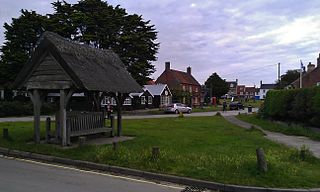
Walberswick is a village and civil parish on the Suffolk coast in England. It is at the mouth of the River Blyth on the south side of the river. The town of Southwold lies to the north of the river and is the nearest town to Walberswick, around 1 mile (1.6 km) away. Walberswick is around 11 miles (18 km) south of Lowestoft on the North Sea coast. It is 7 miles (11 km) east of Halesworth and 28 miles (45 km) north-east of the county town of Ipswich.






